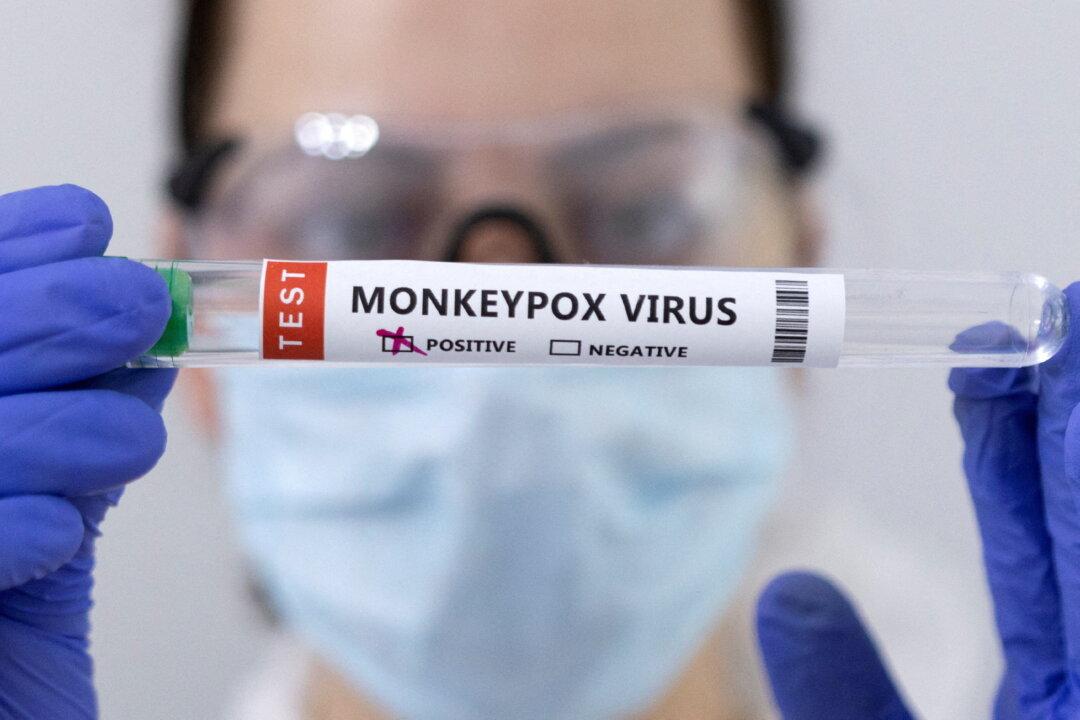Faced with a monkeypox vaccine supply and demand problem, the White House’s newly minted National Monkeypox Response team on Tuesday implemented a plan to stretch the current vaccine supply by up to five-fold.
The U.S. Food and Drug Administration on Tuesday issued an emergency use authorization (EUA) for the Jynneos monkeypox vaccine to be administered by intradermal injection, which requires one-fifth of the dose of a normal subcutaneous injection.






